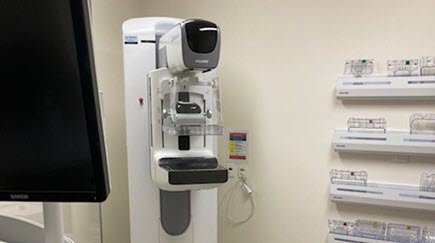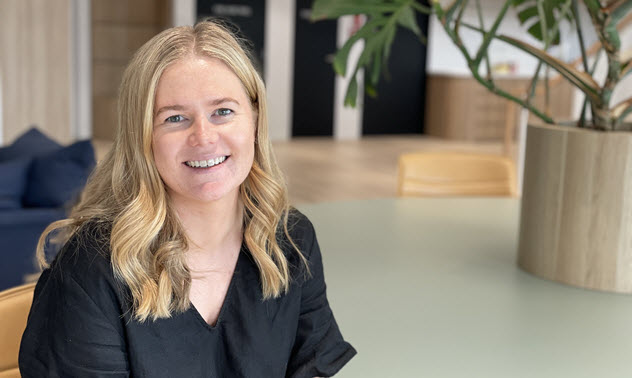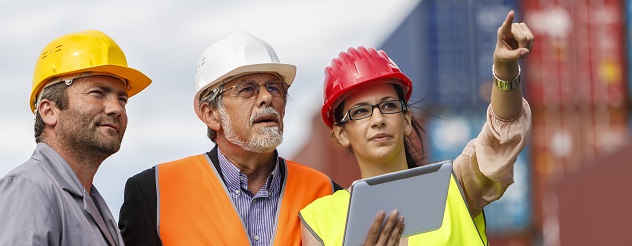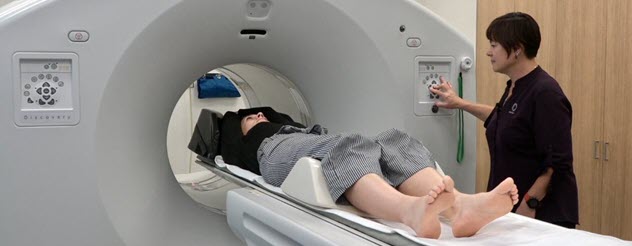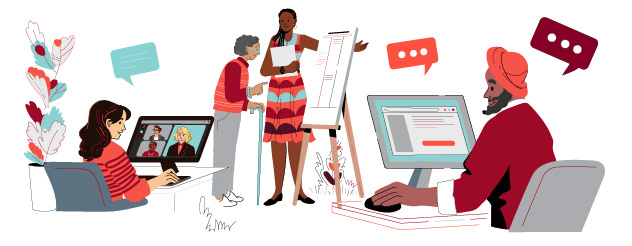Text on screen: It’s been five years since the new Bendigo Hospital welcomed patients.
IMAGES: Drone footage of the front of Bendigo Hospital, as well as landscaped areas surrounding the hospital.
Text on screen: The $630 million investment is the biggest in the region’s health care.
IMAGES: Drone footage that pans in to view the front of the Bendigo Hospital.
Text on screen: It stands as a brilliant example of how technology, design and community consultation can create.
IMAGES: An automated guided vehicle glides down a hospital corridor.
Text on screen: a hospital that sets new standards in healthcare design and delivery.
IMAGES: A large imaging machine is shown, demonstrating how it rotates as it scans.
Text on screen: The massive state-of-the-art development is one of the most sustainable and technologically advanced regional hospitals in Australia.
IMAGES: Another drone shot of the hospital from a different angle, showing the scale of the building and the vertical gold glass blades that can pivot at different angles.
Text on screen: Automated guided vehicles deliver food, linen and materials throughout the hospital.
IMAGES: More footage of an automated guided vehicle carrying a large container and gliding into a lift.
Text on screen: Forty-six courtyards and terraces “bring the outside in”.
IMAGES: Footage of tree ferns shown thriving in one of the open-air courtyards.
Text on screen: Sustainability is a key feature, with the roof home to 770 solar panels.
IMAGES: The drone flies over the roof of the hospital which is covered in solar panels laid out in grid patterns.
Text on screen: Future proofing allowed for 45 new hospital beds to be made available to help with COVID-19 demand.
IMAGES: Inside, the camera shows a spacious inpatient bedroom that is bathed in natural light from the window.
Text on screen: The hospital project has won multiple design and landscape awards.
IMAGES: Footage again of the outside of the hospital and the landscaped gardens in front of it, as well as a rooftop courtyard on one edge of the inpatient tower.
IMAGES: Slide with the words ‘In partnership with’ and Bendigo Health logo.
The closing slide is the Victorian Health Building Authority logo, the web address vhba.vic.gov.au and the Victoria State Government logo.
End of transcript.


